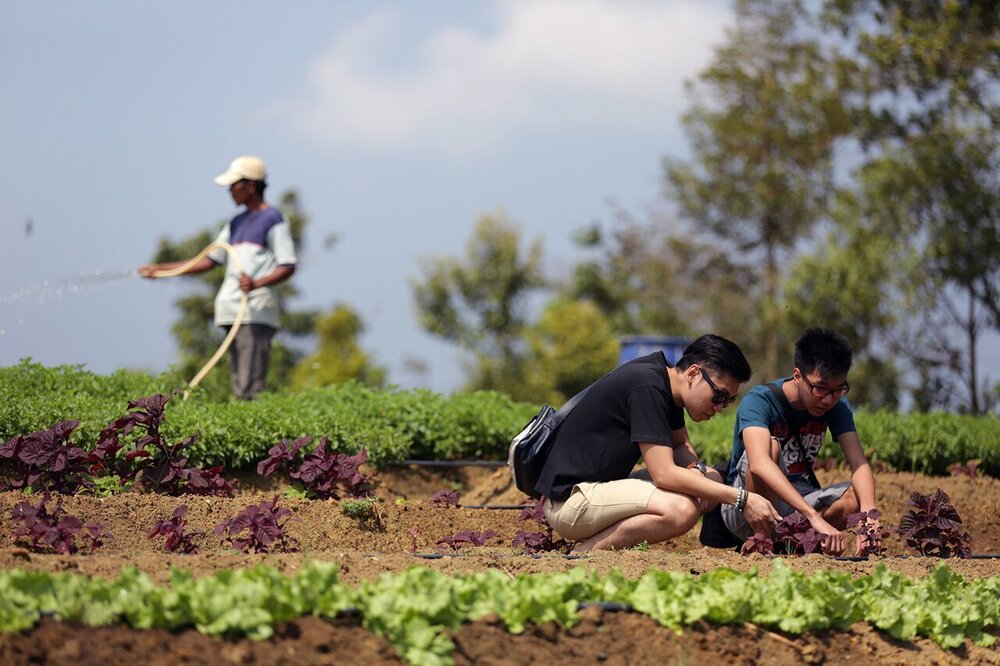Harvest festivals aimed to underpin tourism in Iranian province

TEHRAN – Kohgiluyeh and Boyer-Ahmad considers holding various harvest festivals to develop agritourism across the southwestern Iranian province.
“We consider to hold grape, apple, rice, and lemon harvest festivals in various counties of Kohgiluyeh and Boyer-Ahmad to support agritourism, which is an emerging branch of tourism in the province,” CHTN quoted the deputy provincial tourism chief as saying on Monday.
In addition, the provincial tourism department has ratified four plans to develop essential infrastructure in three counties of Boyer-Ahmad, Dena, and Gachsaran, Mohammad Hosseinzadeh said.
In the realm of accommodation, several ecolodges are under construction to serve visitors to rice paddies, fish farms, saffron farms, silkworm farms, ostrich farms, and other distinct destinations, the official noted.
Agritourism is a relatively new branch of the travel industry in which tourists stay with local people in rural areas. Farm/ranch recreation refers to activities conducted on private agricultural lands, which might include fee-hunting and fishing, overnight stays, educational activities, etc.
Experts believe that in addition to the customer services jobs, agritourism pays special attention to the production sector, saying agricultural tourism is much more important and practical than other branches of tourism because it creates a new chain and diversity in the field of production and services.
Agritourism and nature-tourism enterprises might include outdoor recreation (fishing, hunting, wildlife study, horseback riding), educational experiences (cannery tours, cooking classes, or tea or coffee tasting), entertainment (harvest festivals or barn dances), hospitality services (farm stays, guided tours, or outfitter services), and on-farm direct sales (u-pick operations or roadside stands).
Agritourism is a subset of a larger industry called rural tourism that includes resorts, off-site farmers' markets, non-profit agricultural tours, and other leisure and hospitality businesses that attract visitors to the countryside.
The lesser-known province is home to various nomads and is a top destination for those interested in visiting in person the nomadic life. Sightseers may live with a nomadic or rural family for a while or enjoy an independent stay and assist them with day-to-day life. It also opens up an opportunity to feel rustic routines, their agriculture, traditions, arts, and culture.
Many tourists from all over the world tend to observe the lifestyle of these hardworking people and spend a few days watching activities such as milking, yogurt making, buttering, oiling, woolen, carpeting, and much more. Many Iranian and foreign tourists are interested in sleeping in nomadic black tents.
The varied natural setting of the country never disappoints visitors when it comes to tribal tourism as the culturally diverse country is home to many regional people including ones with Turk and Arab elements in addition to the Kurds, Baloch, Bakhtyari, Lurs, and other smaller minorities such as Armenians, Assyrians, Jews, and others.
Language, music, indigenous cuisine, clothing, songs, anecdotes, crafts, live performances, and local rituals such as celebrations and wedding ceremonies have always spurred many to experience life among the tribes.
AFM

Leave a Comment